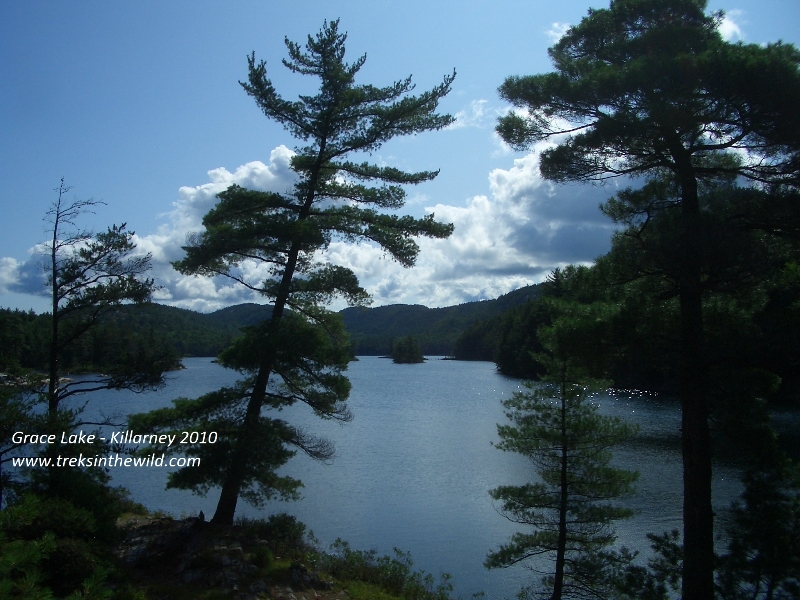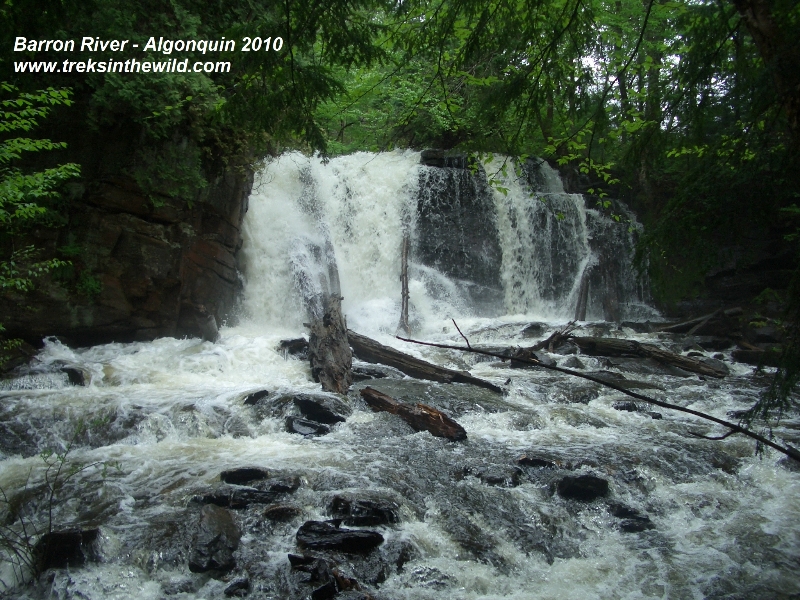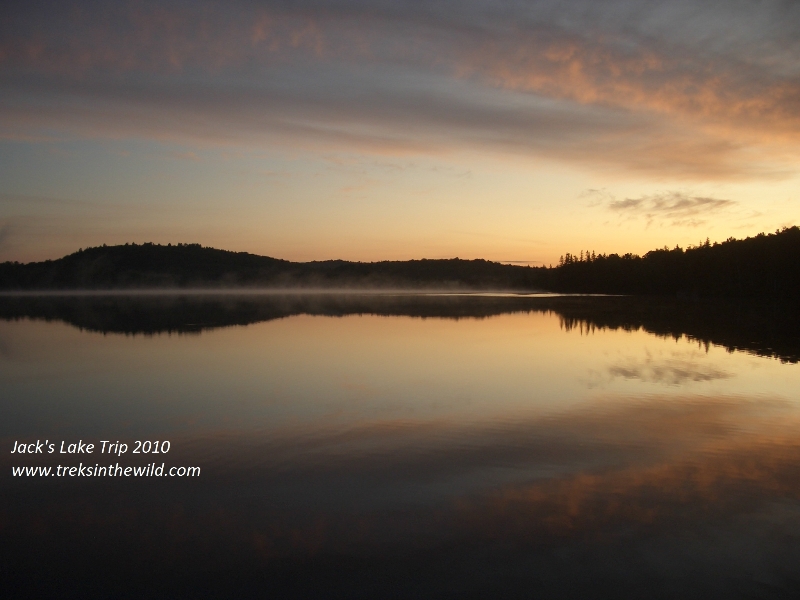
Backcountry canoe trips – Why do we go?
I sometimes get asked why we go to all the trouble of planning, packing and paddling, otherwise known as the 3P’s of backcountry canoeing, when there are so many other recreational activities that require much less effort. Long days of paddling and difficult portages. Dealing with the elements, weather and bugs. Sleeping on the hard uneven ground instead of a nice soft bed.
This question has many answers and everyone’s is different. Some go for the solitude, some for the beauty that can only be found in nature. Still, for others it’s the sense of adventure or reconnecting to the ways of our ancestors.
Let’s not forget the sense of accomplishment you can only get from epic journeys. For me it’s a combination of all of these, when I’m on a backcountry canoe trip I’m truly at peace. I feel a sense of harmony with my environment that I can only get when I’m in wild places.
John Muir’s quote above speaks volumes as to the “why”.
In truth, the short answer is that “the difficult path leads to things that are worth the effort.” For the long answer, they say a picture is worth a thousand words so I will let some photographs speak for themselves.




Grow Your Own Wild Edibles: Top 20 Plants in Southern Ontario to Grow at Home
Are you looking to add some unique and healthy ingredients to your meals? Look no further than your own backyard! Southern Ontario is home to a variety of wild edible plants that you can easily grow at home. Not only are these plants delicious, but they’re also packed with nutrients and have a low environmental impact.
Here are the top 20 wild edible plants that you can grow in your own backyard in Southern Ontario. From the tartness of wild strawberries to the nutty flavor of burdock root, these plants offer a variety of tastes and textures to add to your meals. Plus, growing your own food is a rewarding experience that allows you to connect with nature and reduce your carbon footprint. So, let’s get started!
Understanding Edible Plants
When it comes to foraging for wild edibles, it’s important to have a good understanding of the plants you’re looking for. Not all plants are safe to eat, and some can be downright dangerous. Here are a few things to keep in mind when identifying and harvesting wild edibles:
Top 20 Wild Edibles in Southern Ontario to Grow at Home
If you are interested in growing your own food and want to explore wild edibles, Southern Ontario has a lot to offer. Here are the top 20 wild edibles that you can grow at home:
Stinging Nettle
Stinging nettle is a highly nutritious plant that can be used in soups, stews, teas, and more. It is rich in vitamins, minerals, and antioxidants. Make sure to wear gloves when harvesting this plant to avoid getting stung.
Dandelion
Dandelion is a common weed that is often overlooked. However, it is highly nutritious and can be used in salads, soups, and teas. Dandelion is rich in vitamins, minerals, and antioxidants.
Cultivating Wild Edibles at Home
Growing wild edibles at home can be a fun and rewarding experience. With a little bit of knowledge and effort, you can cultivate a variety of wild edibles right in your own backyard. Here are a few tips to get you started:
Choose the Right Location
When selecting a location for your wild edibles garden, it’s important to choose a spot that gets plenty of sunlight and has well-draining soil. Most wild edibles prefer full sun, but some can tolerate partial shade. Be sure to also consider the size of the plants you want to grow and give them enough space to grow and spread out.
Prepare the Soil
Before planting, prepare the soil by removing any weeds or grass and adding compost, fertilizers or other organic matter. This will help improve soil fertility and drainage. Wild edibles generally prefer slightly acidic soil with a pH between 6.0 and 7.0.
Read More